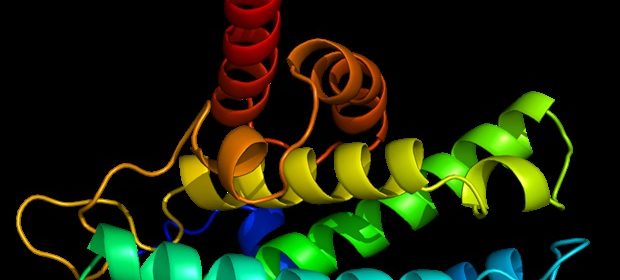hydrocodone with acetaminophen

DGIST (President: Kook Yang) announced on March 16th that the research team led by Professor Byung-Chang Suh has investigated for the first time the real-time effect of the G-protein cycle, which acts as a switch in our body, on the structural changes in G protein-coupled receptors (GPCRs).
GPCRs are activated by external signals such as smell, light, temperature, neurotransmitters, and hormones and are involved in numerous biological activities to the extent that nearly half of known drugs target GPCRs. GPCRs regulate various intracellular signaling pathways utilizing G proteins; however, pharmacy narcotic tracking the role of the reversible activation-deactivation cycle of the G protein on the structural changes in GPCRs has not yet been identified.
Omics eBook

Professor Byung-Chang Suh's research team developed a new biosensor based on a fluorescent protein utilizing human M3 muscarinic acetylcholine receptor (hM3R), a type of GPCR. Using this biosensor, they found that a GPCR-based single receptor sensor exhibited consecutive structural conversion via the G protein cycle.
The research team also showed that G-protein activation caused a two-step change of the hM3R structure, comprising a fast step of Gq protein binding and a subsequent slow step of the physical separation of the Gαq and Gβγ subunits.
They also found that the separated active Gαq formed a stable complex with ligand-activated hM3R and PLCβ, a downstream signaling pathway of Gαq.
In addition, applied research by Professor Suh's research team on the pathology of G protein-related gene mutations that cause uveal melanoma, for example, and on the pharmacology of related therapeutic drug candidates found that Gβγ subunits separated from Gαq can independently bind to hM3R, providing clues to a possible treatment of related diseases.
Professor Suh, the corresponding author, said of this study, "We confirmed the real-time communication between active GPCRs and G proteins, which had been considered separate up to this point," and that they "expect it to be of great help to future molecular and individual-level research on diseases related to GPCRs and G protein and their treatments."
Yong-Seok Kim, a combined master's and doctoral student of the Department of Brain Sciences of DGIST, participated as the first author of this study, which was published in the world-renowned journal Nature Communications (IF: 17.694) on March 8, 2023. This research was carried out through the support of the "Mid-Career Researcher Program" and the "Basic Research Laboratory" of the National Research Foundation of Korea.
DGIST (Daegu Gyeongbuk Institute of Science and Technology)
Kim, Y.-S., et al. (2023). Two-step structural changes in M3 muscarinic receptor activation rely on the coupled Gq protein cycle. Nature Communications. doi.org/10.1038/s41467-023-36911-4.
Posted in: Molecular & Structural Biology | Biochemistry
Tags: Biosensor, Brain, Drugs, Fluorescent Protein, Gene, GPCR, G-Protein, Intracellular, Laboratory, Ligand, Melanoma, Mortality, Pathology, Pharmacology, Protein, Receptor, Research, Signaling Pathway, Tumor
Source: Read Full Article